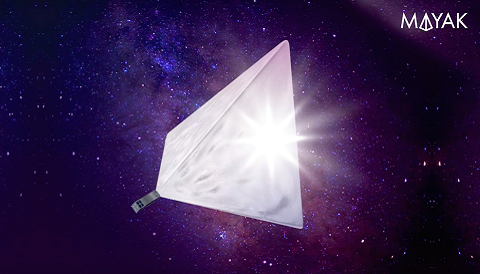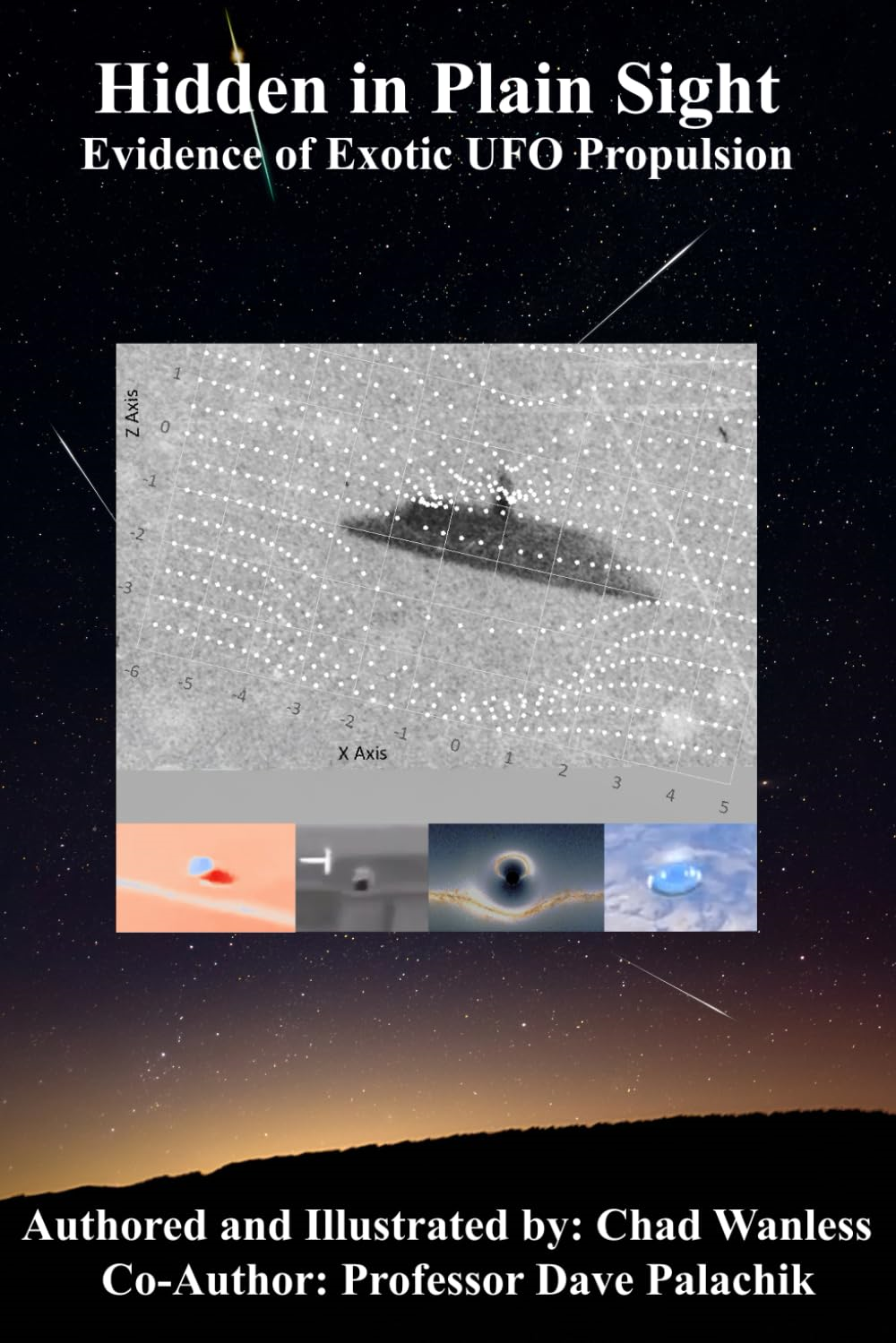Russia’s first crowd-funded satellite, named Mayak (Russian for “beacon of light”), promises to be the “brightest object in the night sky next to the Moon.”
The hunt is on. A Soyuz-2.1a rocket roared to life at the historic Baikonur Cosmodrome in Kazakhstan on July 14th at 6:36 UT, lofting its main payload, the Kanopus-V-IK, Russia’s newest Earth-observing satellite.
But Kanopus didn’t launch alone. Hitching a ride to space were 72 smaller satellites (a record-breaking payload) headed for three separate orbits. Among them was Mayak (Russian for “beacon of light”), a CubeSat of particular interest to amateur astronomers and satellite spotters.
Mayak is Russia’s first crowdfunded satellite. Built around a standard 3U cubesat body measuring 34 × 10 × 10 cm, Mayak was designed by engineering students at Moscow Polytechnic University. The satellite will test an aerodynamic braking system that could de-orbit satellites without using an engine, and it comes equipped with reflectors to provide data on the satellite’s visibility and distance.
To that end, the satellite is set to deploy a large tetrahedron-shaped reflector. Each triangular face is 4 m² (43 ft²) in area and should be readily visible from the ground on a twilight pass. In fact, the team claims, Mayak will be the “brightest shooting star” once unfurled with an estimated magnitude of –10, so glints from it might be almost as bright as the full Moon. Mayak could be visible in bright twilight and perhaps even during daytime passes as well.
Roscosmos issued a brief statement Friday, noting that the launch was successful and listing the manifest of satellites to be deployed. U.S. Joint Space Operations Command backed up that claim and assigned Mayak a NORAD tracking ID of 2017-042F/42830.

An artist’s depiction of the Fregat upper stage dispensing cubesats into orbit.
Glavcosmos
Finding Mayak
At this point, it isn’t clear yet whether Mayak has successfully deployed its reflector. Your best bet is simply to go out and look for it.
The team has a tracking app named CosmoMayak, though it’s only offered in Russian. Worldwide sat-spotters may do better using Heavens-Above, which put up a dedicated section for Mayak on their homepage last night. Orbiting Earth once every 97 minutes in a 587-by-605-km orbit, Mayak is in a retrograde Sun-synchronous, 97°-inclination orbit, typical for Earth-observing satellites. Current passes this week favor latitudes 40° to 50° north around midnight, optimal for observers in United Kingdom and northern Europe.

The orbital trace of Mayak.
Orbitron
The plan is to fly Mayak in a stabilized mode for the first four weeks, then set it tumbling on all three axes, setting off a brilliant twinkling pattern. The team’s site mentions using brightness estimations from Mayak to gather information about air density at high altitude and to calibrate brightness estimations for future satellites.
Once the reflector is deployed, both solar-wind pressure and atmospheric drag will accelerate the craft’s reentry. Such devices might become a standard feature on future satellites, enabling them to de-orbit shortly after their mission ends rather than adding to the growing tally of space junk in low-Earth orbit. Nanosail-D2 tested a similar technology in 2011, and another mission recently dispatched from the International Space Station, InflateSail, is currently testing the same method.
If it’s as bright as claimed, Mayak could surpass the brightness of the famed first generation of Iridium satellites, which routinely flare up to magnitude –8. Unfortunately, the second generation of Iridium satellites currently being deployed won’t flare in the same fashion.
Is Mayak a good idea? One brilliant (and short-lived) satellite could be a great way to get the public out and looking up at the night sky.
“A sky literally littered with large numbers of these objects would not be a great idea, as it would interfere with night sky integrity,” says veteran satellite tracker Marco Langbroek. “But one or two of these objects as an experiment can not do much harm.”
A Japanese start-up named Star-ALE, for example, wants to create artificial meteor showers for customers starting in 2020. In fact, ideas for placing advertising in space date back to the 1980s, though thankfully, we do not have McDonald’s or Pepsi logos drifting through the night sky just yet. True story: NASA and the U.S. Air Force actually studied the idea of using large reflectors placed in space to banish night during the Vietnam War, though this, too, never came to pass.

Mayak unfurled in the lab.
CosmoMayak
The few satellite hunters with clear skies last night that we’ve heard from have all reported negative results so far, suggesting that either Mayak’s reflector has yet to deploy, or it was deployed unsuccessfully. If you’ve got clear skies, take a look tonight and let us know what you see. We’ll drop in a brief update to this post when better magnitude estimates come in.
Clear skies, and good luck on the satellite hunt!
Source: Sky & Telescope
































Leave a Comment
You must be logged in to post a comment.